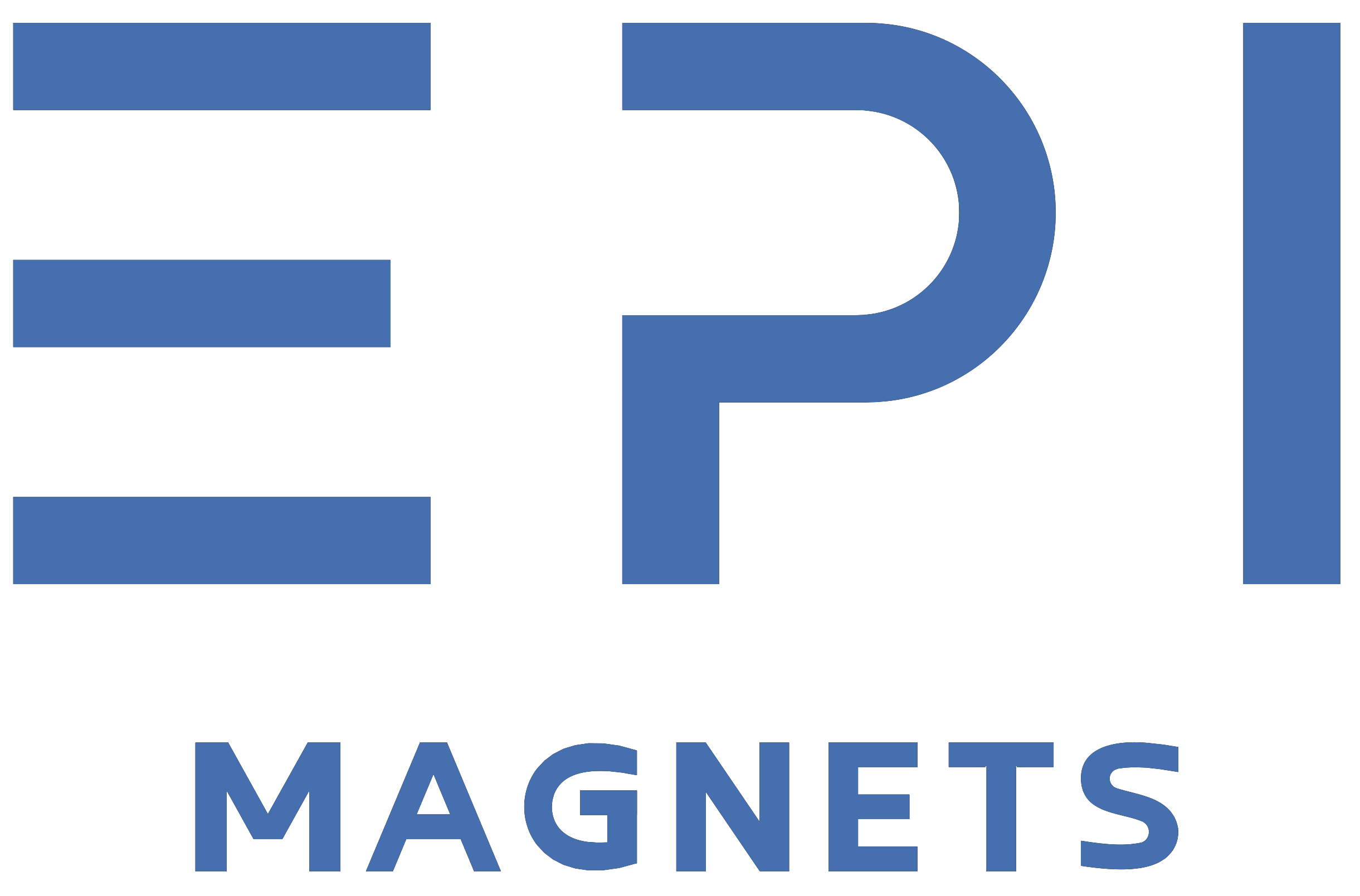The Role of Halbach Arrays in Magnetic Refrigeration Systems
As the quest for sustainable development presses on, the traditional vapor-compression refrigeration technology faces increased scrutiny over its environmental impact and energy efficiency. The emergence of magnetocaloric refrigeration, a solid-state cooling method based on the magnetocaloric effect, offers a promising alternative. This technology, operating without greenhouse gas emissions, ozone-depleting substances, and with the added benefits of low noise and vibration, stands at the forefront of potential next-generation refrigeration solutions. Magnetocaloric Effect Explained The magnetocaloric effect is a thermal phenomenon observed
